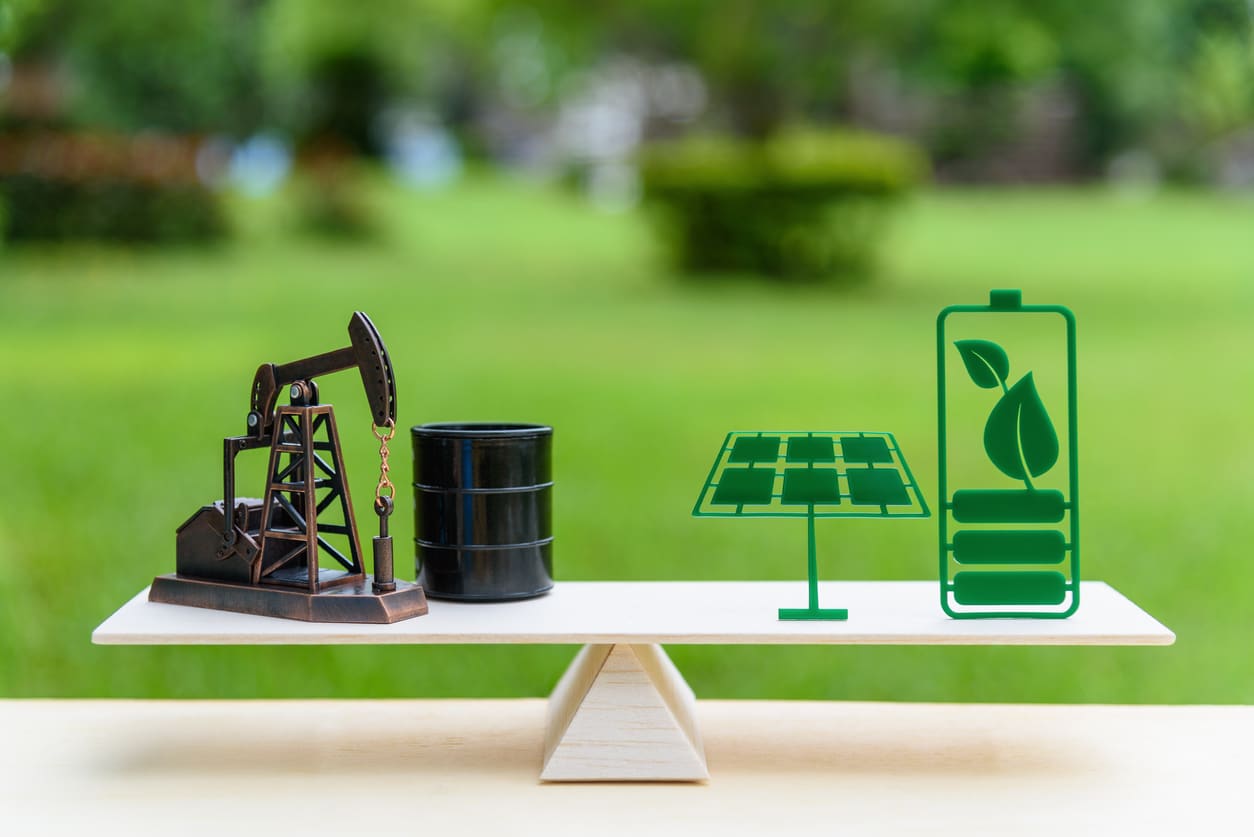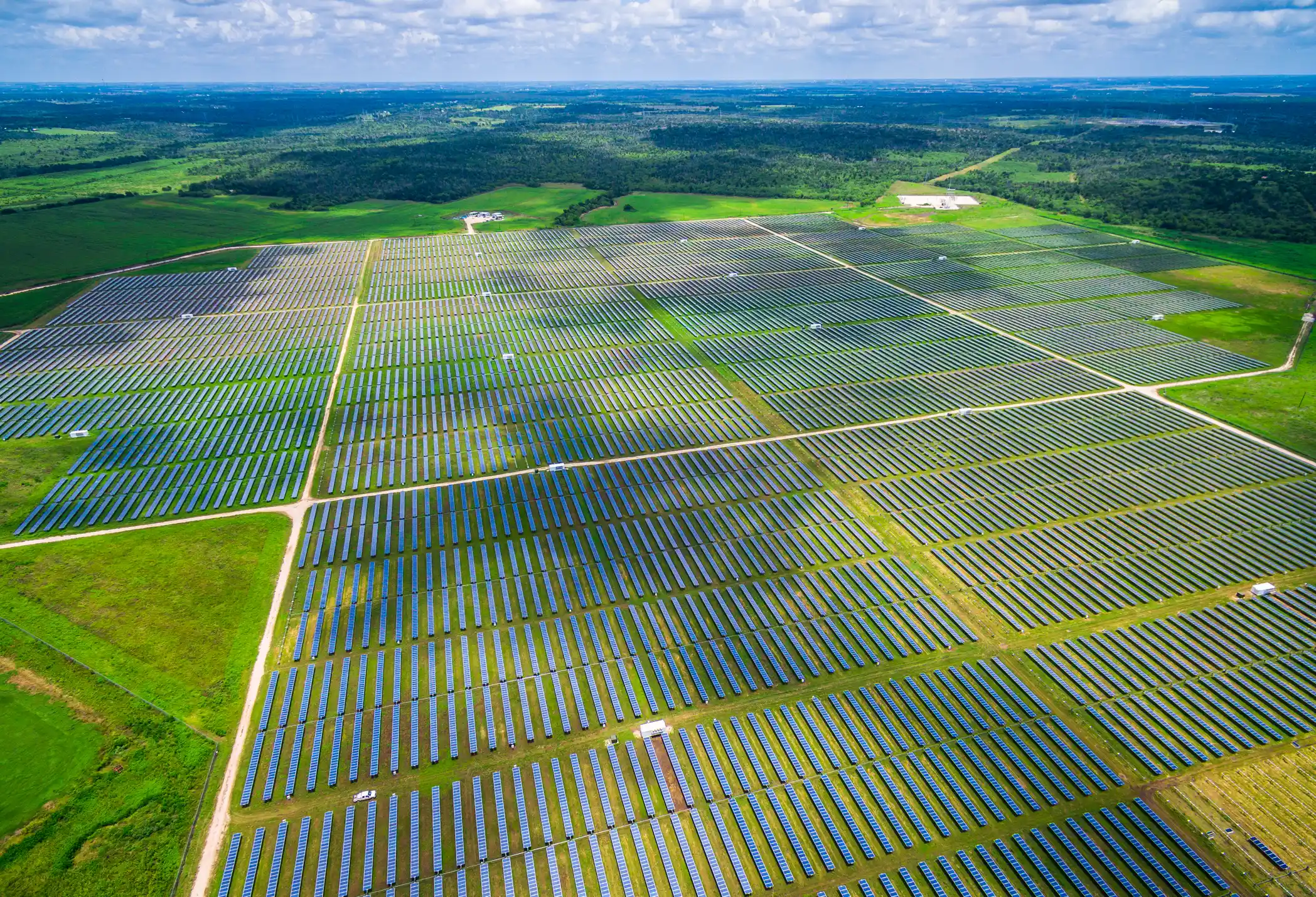POSTED
February 22, 2022
4 Reasons Why Solar Energy Is Beating Fossil Fuels 
These sorts of listicles (that’s a list-article) usually make the reader scroll all the way to the end for access to the items being listed. I am not going to make you read all of this unless you really want to know more detail why solar energy is winning. Instead, here are the 4 main […]

These sorts of listicles (that’s a list-article) usually make the reader scroll all the way to the end for access to the items being listed.
I am not going to make you read all of this unless you really want to know more detail why solar energy is winning.
Instead, here are the 4 main reasons solar energy is beating fossil fuels:
- Climate Policy
- Solar Energy Among the Lowest Price Per watt (with a battery)
- Good Jobs Per Watt Installed
- Massive Technological Innovation
Solar energy is quickly replacing fossil fuels because it’s better by nearly every metric.
If you’re already on board, sign up for our free webinar to learn more about solar energy investing.
Need more reading? Let’s dig in.
Chances are that if you’re reading this article, you already understand the science basics behind the changing climate.
Here’s a Climate Science recap anyway –
We, earthlings, have been burning fossil fuels which have been adding emissions, so-called “greenhouse gasses”, to the earth’s atmosphere since the start of the industrial revolution more than 100 years ago.
These greenhouse gasses, namely Carbon Dioxide (CO2), Methane (CH4), and Nitrous Oxide (N2O), prevent solar energy from easily escaping the atmosphere and back out into space, thus increasing the total energy (heat) in the system, like a greenhouse.
This process is happening at a faster rate than nearly anytime in Earth’s recent history.
It is true that the Parts Per Million (PPM) of CO2 has been even higher at some points in Earth’s history, but it has almost never grown this quickly (except for a couple of mass extinction events hundreds or even billions of years ago), but certainly not during human history.
It is vital to understand that tremendous damage is already done and that the continuing threat to earth’s cities, climate, farming, ecosystems, oceans, and human wellbeing, as a result, is due to the speed of change, not the total PPM of CO2 or other greenhouse gasses.
For these reasons and others, we must act decisively, and immediately.
Climate Policy
According to the International Energy Agency, in order to limit warming to 1.5°c (a threshold that we can reasonably hope to be able to manage as a society), we need to be net carbon zero by 2050.
Let me be clear, solar alone cannot keep us to 1.5°c of warming, in fact, 1.5°c is nearly out of reach already, but every 10th of a degree is terribly important.
In response to this need, governments around the world have made commitments to shift from fossil fuels to renewable sources of energy.
Here in the US, many states have commitments to be either 100% renewable by 2050, or even sooner in some cases. Many states, sadly, have not committed to any renewable energy standards, but they tend to have low populations so thankfully we can just ignore their failure.
These 100% renewable energy commitments have driven new solar and other renewable development, and that pace is speeding up. Whereas, many coal plants are scheduled to be shuttered in the 2020s. Solar is backfilling this need.
Solar Energy Among The Lowest Price Per Watt
Solar energy prices are falling, while fossil fuel prices are on the rise.
Solar with a battery storage component, can now outcompete coal and be competitive with other fossil fuels purely on economics.
Subsidies, while still needed to drive change fast enough to combat climate change, are no longer needed to make solar viable.
Good Jobs Per Watt Installed
The jobs in solar energy are high-paying and plentiful. This report from the Solar Energy Industry Association (SEIA) outlines some of the highlights for workers.
Compare solar work to coal mines or oil fields, and ask yourself; which would you rather do?
Massive Technological Innovation
Solar panel and battery technology have been getting cheaper and more efficient exponentially since the 1970s (and much earlier). Dropping over 70% in price just in the last several years. The math of that change alone is impossible for fossil fuels to compete with, which reached peak efficiency decades ago.
And the innovation continues! According to Solar Reviews, here are 5 exciting ways solar is changing right now.
All told, solar energy is out-competing fossil fuels and the future looks even brighter.
Sign up for our free webinar to learn more about solar energy and how investing in this revolution can help the world and your portfolio.






Has any research been done into the viability of recycling used lithium auto batteries from hybrid and plug-in electric vehicles for the storage of large solar arrays?
Seems like that would be a complete win for all sides to keep those out of landfills…
This is a great question, Jennifer. The answer is complicated, but in short yes, there are enormous resources devoted to the battery recycling issue. While in most utility-scale solar applications it doesn’t make sense to install
used batteries (for reasons of energy density, energy demand delivery, fire safety, and other engineering codes or considerations) solar utility-scale batteries as well as the batteries from older electric vehicles have many secondary life applications where the battery itself or their component parts can be used. There are several large companies tackling this issue and there are also incentives both private, public, and moral to accomplish this. We are pulling for them! There is some information from NREL on the economics of vehicle battery lifecycles here: https://www.nrel.gov/docs/fy19osti/71350.pdf
Thanks for your blog, nice to read. Do not stop.